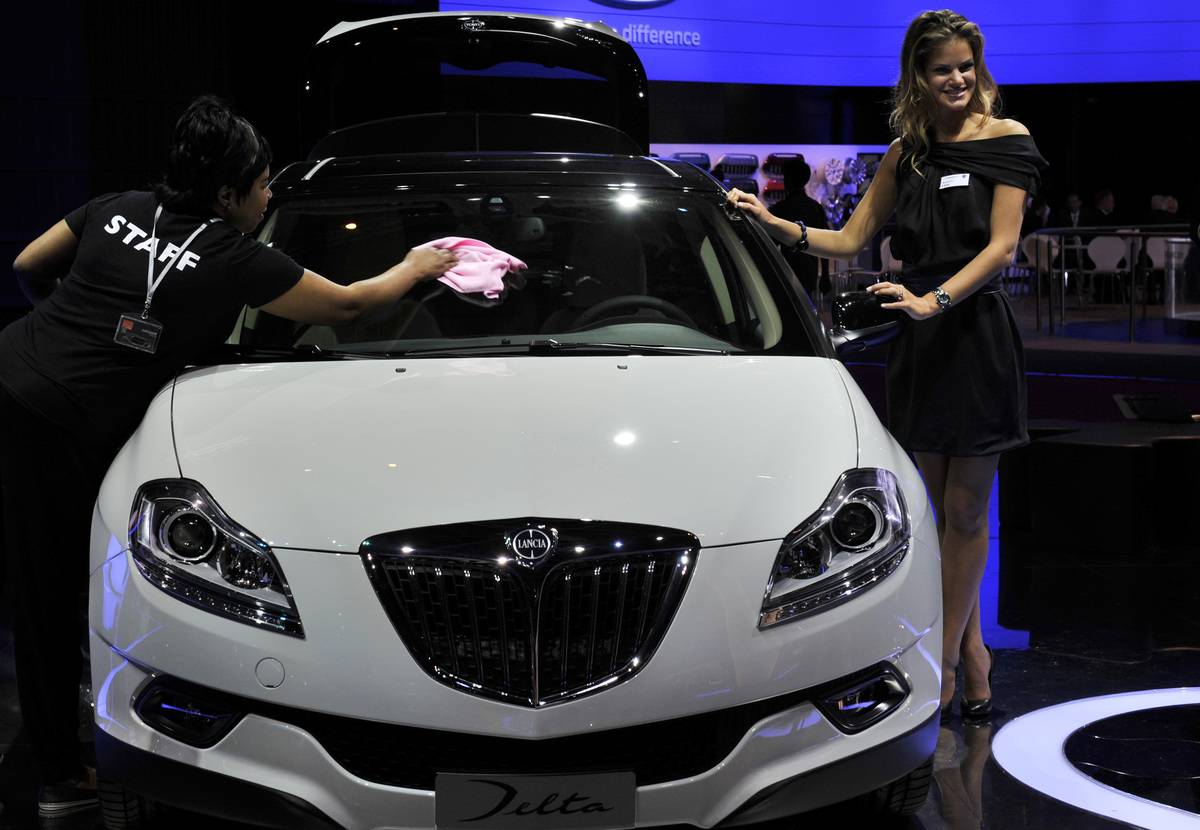
Establishing the facts straight on common car myths
Content
- Electric cars catch fire more often
- SUVs are safer than small cars
- Muscle cars can't turn
- All SUVs are good for off-road
- Four-wheel drive in winter is better than winter tires
- Convertibles are not safe in a crash
- You should change your oil every 3,000 miles
- Performance chips increase power
- Premium fuel will clean your engine
- Manual cars are more economical than automatic cars.
- Using your phone while refueling can cause an explosion
- Driving with tailgate down to save fuel
- When the engine is turned on, more fuel is consumed than when idling
- Flush the coolant at every oil change
- Air conditioning instead of open windows increases fuel economy
- Big engine means big power
- Korean cars are bad
- Dirty cars use less fuel
- Warm up the engine before driving
- Red cars are more expensive to insure
- You can wash your car with dish soap
- You are most likely to pull up in a red car
- You can fill up more gas in the morning
- Paying in cash will always be more profitable
- Hybrids are slow
- The start-stop system wastes fuel instead of saving it
- You must change all tires at the same time
- Low tire pressure for a smoother ride
- A small car uses less fuel than a big one.
- Diesel cars can run on vegetable oil
- Unbranded gasoline is bad for your engine
- Overdrive makes your car go faster
- Aluminum is less safe than steel
- Quick start will recharge your battery
- Never put a car battery on the ground
- American cars are made in America
- ABS always shortens the stopping distance
- XNUMXWD vehicles brake faster than XNUMXWD vehicles
- You can mix coolant and tap water
- Airbags make seat belts unnecessary
Allow the engine to warm up before driving, especially in winter. Using premium gasoline will clean your engine. SUVs are safer than small cars. We've all heard this kind of car advice, but have you ever wondered if it's true? As it turns out, many of them are not.
There are many automotive myths that have been around for decades and are still popular among car owners despite being debunked countless times. Some of them come from the past, while others are simply completely false. Have you heard any of the myths listed here?
Electric cars catch fire more often
One misconception about electric vehicles is that they catch fire more often than gasoline-powered vehicles. Several electric car fires have made international news over the past couple of years, and the myth has continued to gain supporters. A damaged lithium-ion battery can generate heat and cause a fire, although gasoline is much more flammable and therefore more likely to ignite than a battery.

Tesla claims that a gasoline-powered car is 11 times more likely to catch fire than an electric car, based on the number of car fires per billion miles driven. Although electric vehicles are relatively new on the market, their safety looks promising.
SUVs are safer than small cars
This popular myth has been at the center of discussion for years, so it's easy to see why the answer is still unclear. The Insurance Institute for Highway Safety (IIHS) states that "a larger, heavier vehicle provides better crash protection than a smaller, lighter vehicle, barring other differences." While this is true, SUVs' higher center of gravity means they're more likely to roll over in tight corners or during an accident. SUVs also require longer stopping distances than smaller cars, even though they have larger brakes.
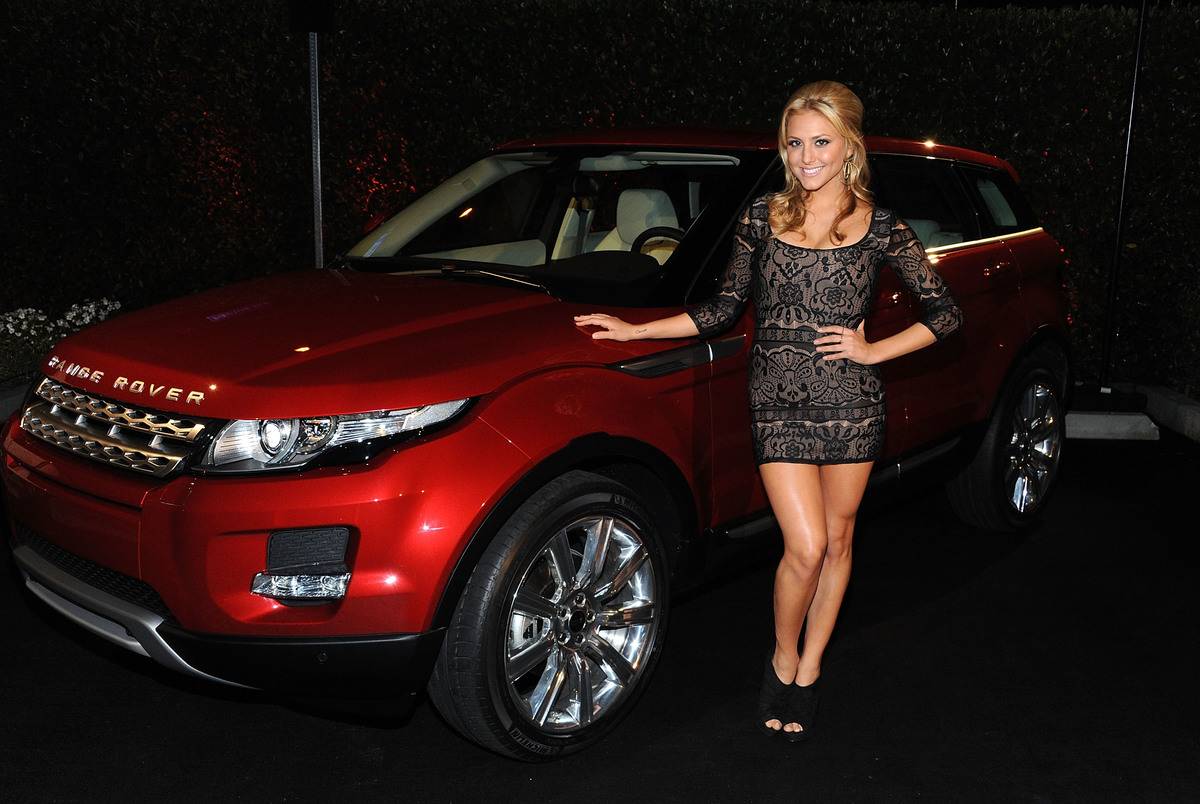
However, car manufacturers are hard at work improving the safety performance of their SUVs by equipping them with all sorts of traction and stability systems, as well as adding powerful brakes.
Muscle cars can't turn
This is another myth that has been true in the past. Old American muscle cars are notorious for their understeer and less than perfect handling. The big V8 engine combined with the huge understeer was fast in drag racing but not around corners.
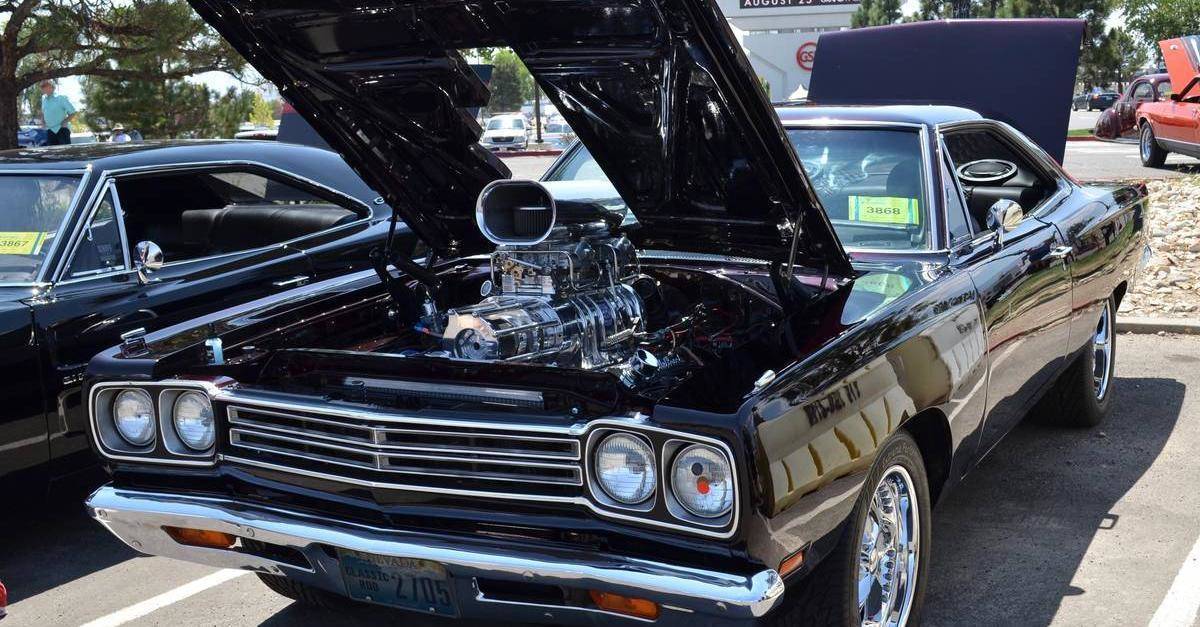
Fortunately, times have changed. Most new muscle cars still have a big V8 under the hood and are faster than ever, both on the straight and on the track. The 2017 Dodge Viper ACR lapped the Nürburgring in just seven minutes, beating cars like the Porsche 991 GT3 RS and Nissan GTR Nismo!
All SUVs are good for off-road
SUVs were originally built to perform well both on and off the beaten track. They had elements that combined standard road cars and SUVs, making them an intermediate link between the two.

Today's SUVs have changed a lot. Their wheels are bigger, they're smaller, and they're equipped with all sorts of futuristic gadgets, massage seats, and eco-friendly systems. Manufacturers have stopped obsessing over off-road capabilities, so it's best not to take your brand new SUV to rough terrain. However, there are some exceptions, such as the new Mercedes G Class, which remains unstoppable in mud, sand or snow.
Four-wheel drive in winter is better than winter tires
While the all-wheel drive system helps a lot when driving on snow, it definitely does not replace winter tires. 4WD improves acceleration on snow, but the right tires are critical for control and timely braking. Summer tires simply won't hold traction under emergency snow braking and the car can spin out of control.

The next time you're heading into the snowy mountains, make sure you have good winter tires. They will work wonders even if your car doesn't have all-wheel drive.
Convertibles are undoubtedly fun cars. Many people doubt their safety. Are these concerns justified?
Convertibles are not safe in a crash
Most convertibles are coupes or hardtop versions, so it's fair to assume that removing the roof weakens the car's structure and negatively impacts safety. For this reason, manufacturers are taking extra measures to make sure convertibles are as safe as hardtops. What does this mean?

Convertibles have a stiffer chassis, reinforced pillars and special bars behind the seats, which greatly improve driver safety even in the event of a rollover accident. Some convertibles, like the 2016 Buick Cascada, even come with active rollover bars that automatically deploy when the car rolls over.
These following myths focus on proper vehicle maintenance, tuning, and fuel efficiency.
You should change your oil every 3,000 miles
Auto dealers generally recommend an oil change every 3,000 miles. This has become a common practice among car owners. But is it really necessary?
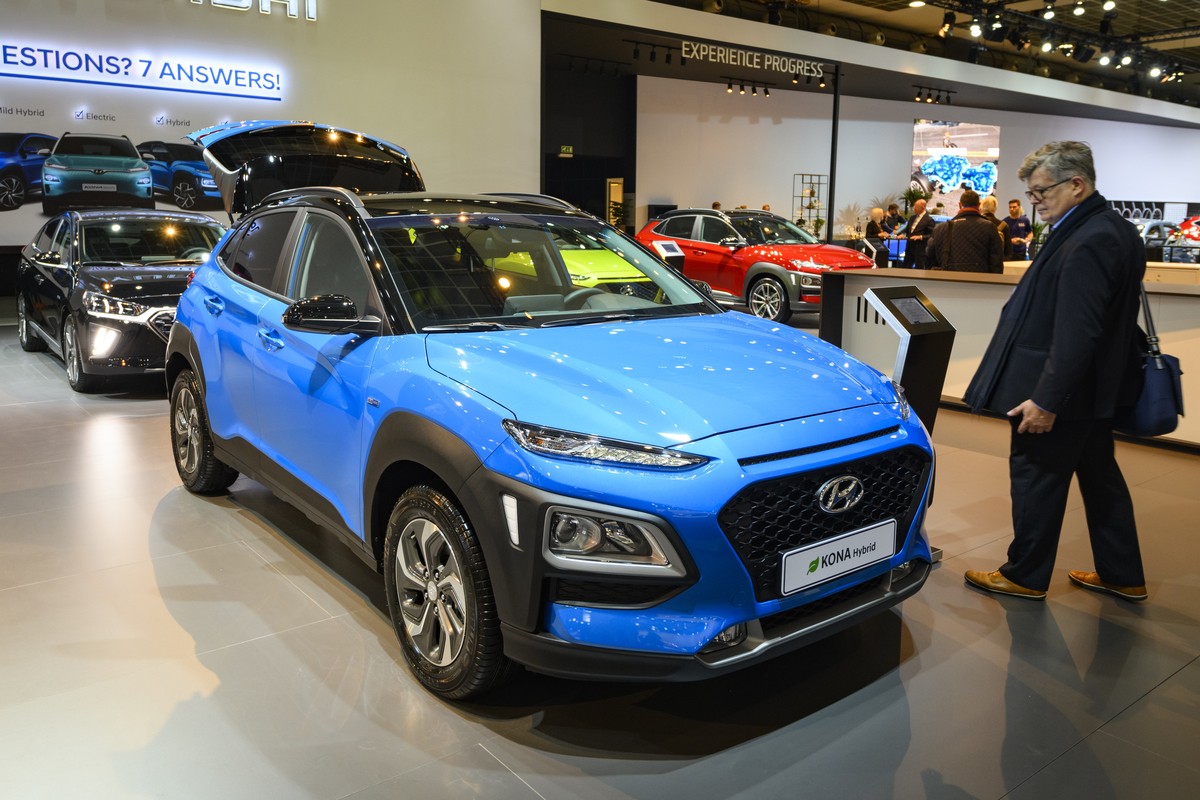
A few years ago, frequent oil and filter changes were required to keep the engine in good condition. These days, thanks to advances in engine durability and oil quality, most vehicles can be safely operated with an oil change every 7,500 miles. Some manufacturers, such as Ford or Porsche, recommend oil changes every 10,000 to 15,000 miles. If your car runs on synthetic oil, you can go up to XNUMX miles without an oil change!
Are you planning to increase the power of your car? You may want to take a look at the following two myths first.
Performance chips increase power
If you've ever thought about making your car more powerful, you've probably come across some cheap chips that are guaranteed to increase power. As it turns out, most of these chips do nothing. These plug-and-play chips are supposed to boost your power instantly. How is this possible? Well, it's not.

You will be much better off if your ECU (engine control unit) is reprogrammed or even gets a mechanical engine upgrade for more power. In any case, it's best to just ask your local tuning shop for advice rather than spending money on a performance chip.
Next up: the truth about premium fuel.
Premium fuel will clean your engine
There is some truth in this myth. Premium gasoline has a higher octane rating than regular gasoline, so high octane fuel is commonly used in motorsport and is recommended for high performance vehicles. The use of premium gasoline in vehicles such as the BMW M3 will noticeably improve vehicle performance over conventional fuel.

However, high octane fuel only affects powerful engines. Contrary to popular belief, higher octane does not make premium gasoline "cleaner" than regular gasoline. If your car does not have a very powerful engine, it is not necessary to fill it with high-octane gasoline.
Manual cars are more economical than automatic cars.
In the days of early automatic transmissions, this myth was true. The first automatic machines on the market were much worse than mechanical ones. They used more gas and broke badly.
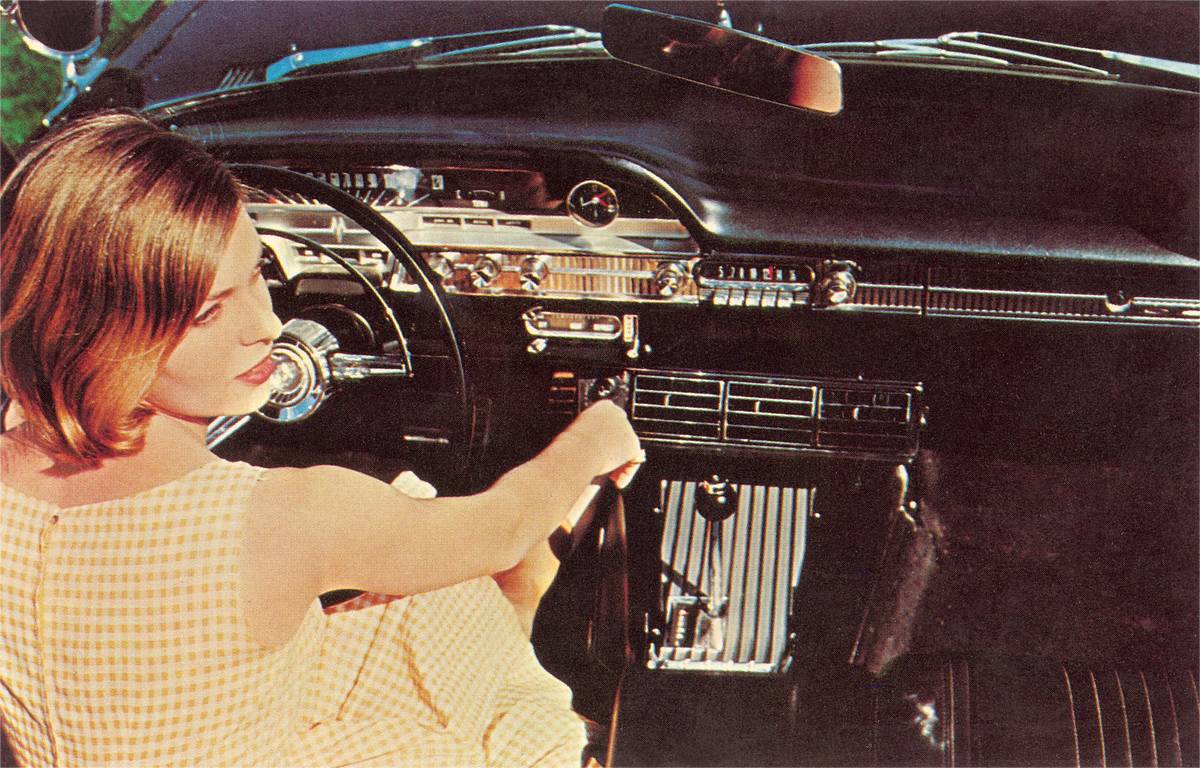
Modern automatic transmissions have little in common with those of the first half of the 20th century. Gearboxes in sports cars, for example, can change faster than any human. Automatic transmissions in most modern cars are superior to manual transmissions in almost every way. They shift faster, provide better fuel efficiency and extend the life of your engine through carefully calculated gear ratios.
Have you ever used your phone while refueling?
Using your phone while refueling can cause an explosion
Do you remember the early days of mobile phones? They were bulky and had long external antennae. Then, from a scientific point of view, this myth could be true. The phone's external antenna may have a small discharge that will ignite the fuel and cause a fire or a spectacular explosion. There are no documented cases to support this theory, but it wasn't impossible.
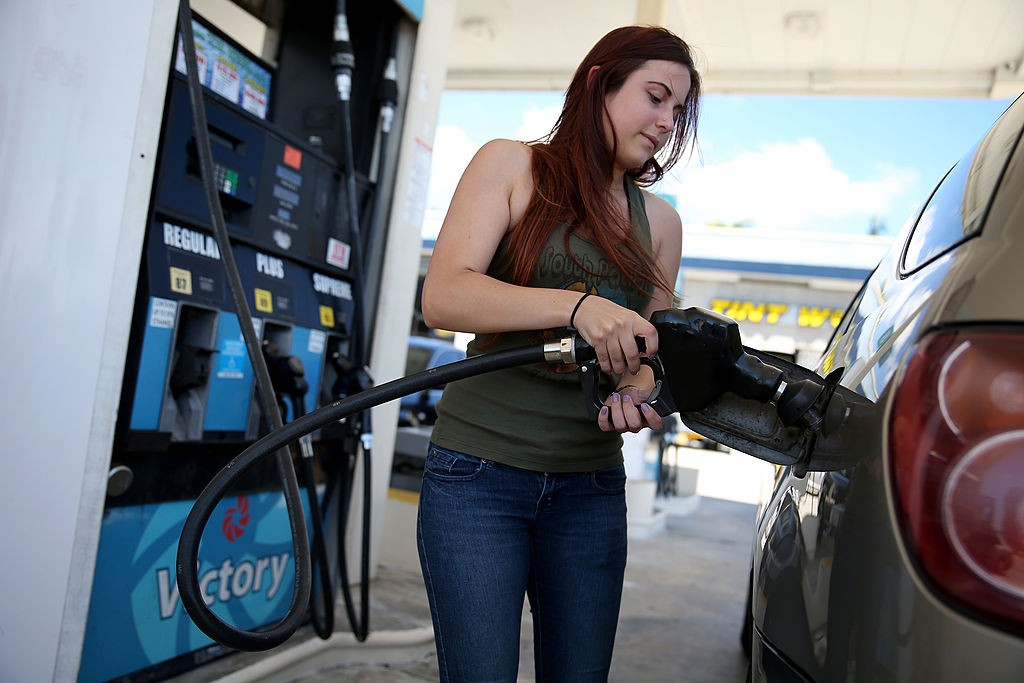
These days, phones are equipped with internal antennas, and it has been proven that the wireless signals emitted by modern phones cannot ignite gasoline.
Have you ever wondered why many pickup trucks in the US drive with the tailgate open? Find out on the next slide.
Driving with tailgate down to save fuel
Pickup trucks driving with the tailgate down are a common sight in the US. Have you ever wondered why? Some truck owners find that driving with the tailgate down, and sometimes with the tailgate completely removed, will improve airflow and improve fuel efficiency.

The result of driving with the tailgate down or removed is actually the opposite. The tailgate, when closed, creates a vortex around the body of the truck, which improves airflow. Driving with the tailgate down creates more drag and has been proven to reduce fuel consumption slightly, though the difference is barely noticeable.
When the engine is turned on, more fuel is consumed than when idling
Another common practice among car owners is to leave the engine running when the car has been stationary for more than 30 seconds to conserve fuel. The idea behind this is that the engine uses more fuel to start than when the car is idling.

Modern fuel injection systems are as efficient as possible and consume far less fuel than is required to keep the engine running. The next time you stop for anything more than 30 seconds, you should turn off the engine to save gas, unless your car has a carburetor. In this case, the ignition can use the same amount of fuel as when idling.
If you've ever wondered if air conditioning or opening windows saves fuel, you may have fallen victim to the following myth.
Flush the coolant at every oil change
When was the last time you topped up the coolant in your car? According to this myth, this should be done at every oil change. However, you don't have to do this too often, as it won't make your cooling system last longer, it just ends up costing you more money.
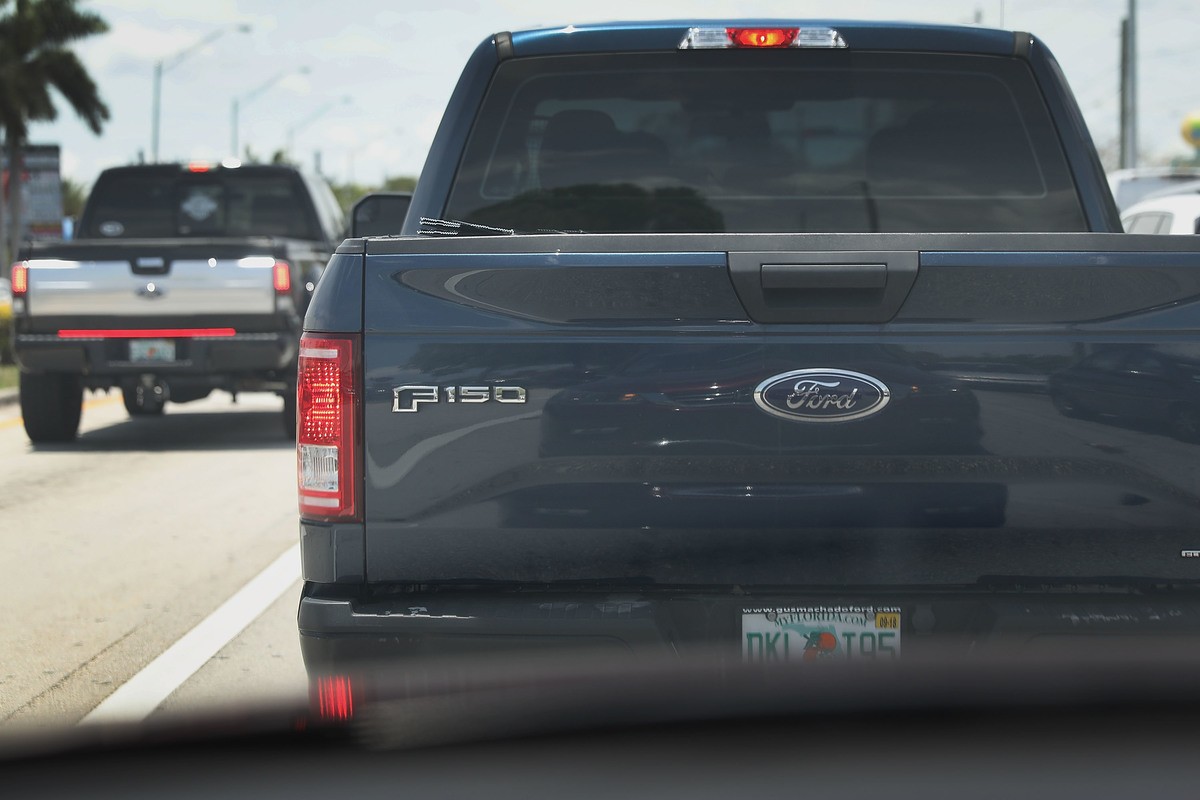
Most manufacturers recommend changing the coolant every 60000 miles or every five years, whichever comes first. It is best to check the coolant level from time to time, if you notice a sudden drop, there may be a leak somewhere in the system.
Air conditioning instead of open windows increases fuel economy
It's the old summer driving debate that keeps coming up every year. Is driving with air conditioning more economical than with the windows open?

Short answer: no. Of course, driving with the windows down increases drag and, in effect, the car needs more fuel to move. However, turning on the A/C puts more stress on the engine and ultimately requires even more fuel. MythBusters did a test that proved that opening windows is actually slightly more economical than using an air conditioner. Driving with the windows closed and the A/C turned off would be the most effective solution, but it might be worth sacrificing a bit of gas for comfort.
Big engine means big power
Once upon a time powerful cars had big naturally aspirated V8 engines. For example, the 1970 Chevy Chevelle SS was powered by a huge 7.4-liter big-block V8 engine producing over 400 horsepower. These engines sounded incredible and worked well for their time, but they were definitely not efficient.

The current era of downsizing has completely changed the idea of performance cars. Many manufacturers choose turbochargers over large displacement engines. For example, the new Mercedes A45 AMG develops 416 horsepower with just 4 cylinders and a displacement of 2 liters! Smaller engines have become incredibly powerful, very economical and much more environmentally friendly.
Korean cars are bad
At the end of the 20th century, this myth was true. Today, Korean brands such as Hyundai or Kia rank first in the JD Power Dependability Study, ahead of American manufacturers as well as Honda and Toyota.
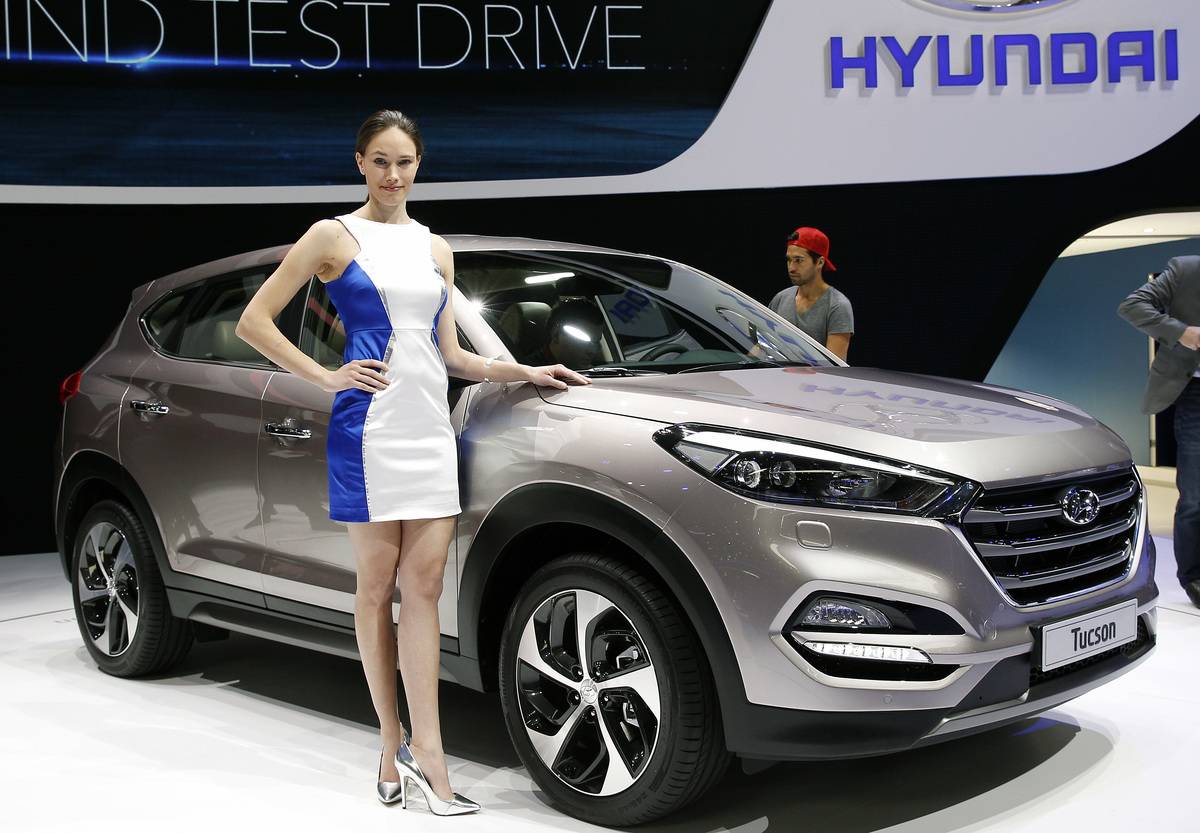
The automotive market is very competitive, so for Korean cars to succeed, they need to be more reliable, economical, and affordable than what is already available in the market. The ACSI Automotive Survey measures customer satisfaction based on reliability, ride quality and a variety of other factors. Hyundai was among the top 20 manufacturers on the list. What's more, JD Power ranks Hyundai as one of the top 10 car brands you can buy. No need to assume that some car is bad, because it is from Korea.
Dirty cars use less fuel
The obvious science behind this myth is that dirt and grime fills the cracks and crevices of a car, improving its airflow and reducing drag. The explanation doesn't sound all that absurd - even the MythBusters set out to test this theory.

As you probably guessed, the myth has been debunked. In fact, dirty cars were found to be 10% less fuel efficient than clean cars, as dirt reduces aerodynamics and distorts airflow. If you believe in this myth, then it is better to immediately go to the car wash.
Before you go to wash your car, be sure to read about the emergence of this myth.
Warm up the engine before driving
This is one of the most popular myths on this entire list. Many people find it very important to let the car idle before driving, especially on a cold winter day. This myth is completely false. Sure, it takes a while for a car engine to reach its ideal temperature, but idling isn't necessary to warm it up.

A modern car has technology that allows the engine to warm up on its own, and it reaches its ideal operating temperature faster when driving rather than idling. It simply wastes fuel and generates excessive amounts of carbon monoxide.
Red cars are more expensive to insure
According to a survey by InsuranceQuotes.com, 44 percent of Americans believe red cars are more expensive to insure than other colors. This result may be due to the large number of red sports cars on the streets, although it is difficult to pinpoint exactly why so many people believe this myth.
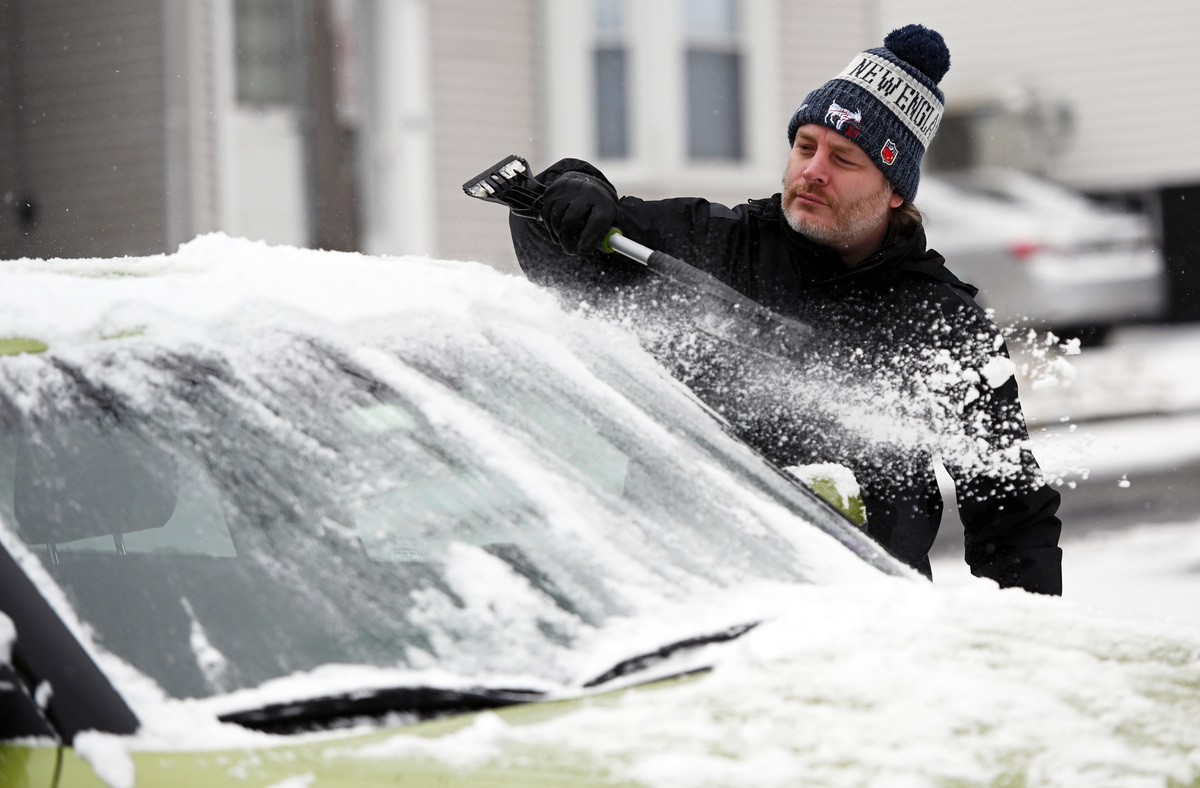
When calculating the rate, insurance companies must take into account a number of factors. These include the driver's age, car make, driver's insurance history, and more. However, the color of the car is not a factor that is taken into account. The color of the car does not affect the insurance rate.
There is another popular red car myth, keep reading to find out what it is.
You can wash your car with dish soap
Washing your car with dishwashing detergent or, frankly, with any non-car chemical cleaner is a very bad idea. While you may be able to save some money by using detergent or soap, it will remove the wax from your car and eventually damage the paint.
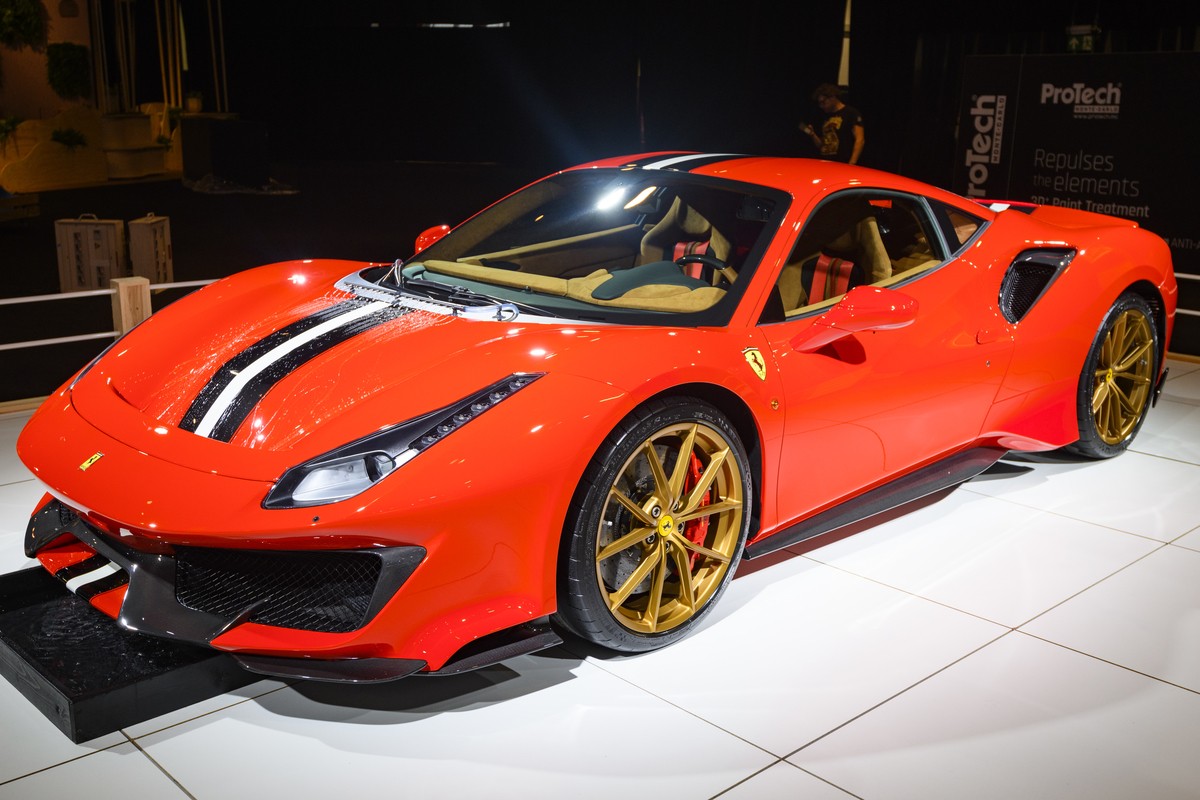
Cars with damaged paintwork will have to be repainted, and poor-quality painting in one coat will cost at least $500. Higher quality paint jobs will probably cost you over $1,000. It's best to just invest a little more money in proper car care products instead of repainting the whole car after a couple of months.
You are most likely to pull up in a red car
This is another myth that probably originated from the number of red exotic cars on the roads. Some studies have shown that some car models are stopped more often than others, and there is no evidence that police are more likely to stop a red car.

The police stop drivers for their behavior on the road, not for the type or color of the car they drive. It could be argued that exotic cars are more prone to traffic violations and are therefore more likely to be pulled over. To date, there is no proven link between the color of a car and the likelihood of it being stopped by the police.
You can fill up more gas in the morning
The theory behind this myth is that the gas is denser after a cold night than it is during a hot afternoon, and as a result, you can get more fuel for every gallon filled in the tank. While it is true that gasoline expands at higher temperatures, this myth is not true.

Consumer Reports tested this theory and proved that outside temperature does not affect fuel density at gas stations. This is because gasoline is stored in tanks deep underground and its density stays the same throughout the day.
Paying in cash will always be more profitable
Cash is king. Money speaks. We've all heard phrases like this, and most people think that when buying a new car, you always have to pay in cash.

This couldn't be further from the truth. When paying with cash, customers usually expect a discount off the sticker price. If you agree to a discount, it may not be as big as you would like. That's because it's more profitable for dealers to finance, so paying in cash doesn't give much room for negotiation. If you're sure you'll pay cash for a new car, it's best not to mention it until the price is finalized.
Hybrids are slow
When hybrids first hit the market, they were pretty slow. A prime example is the 2001 Toyota Prius, which takes over 12 seconds to reach 60 mph.
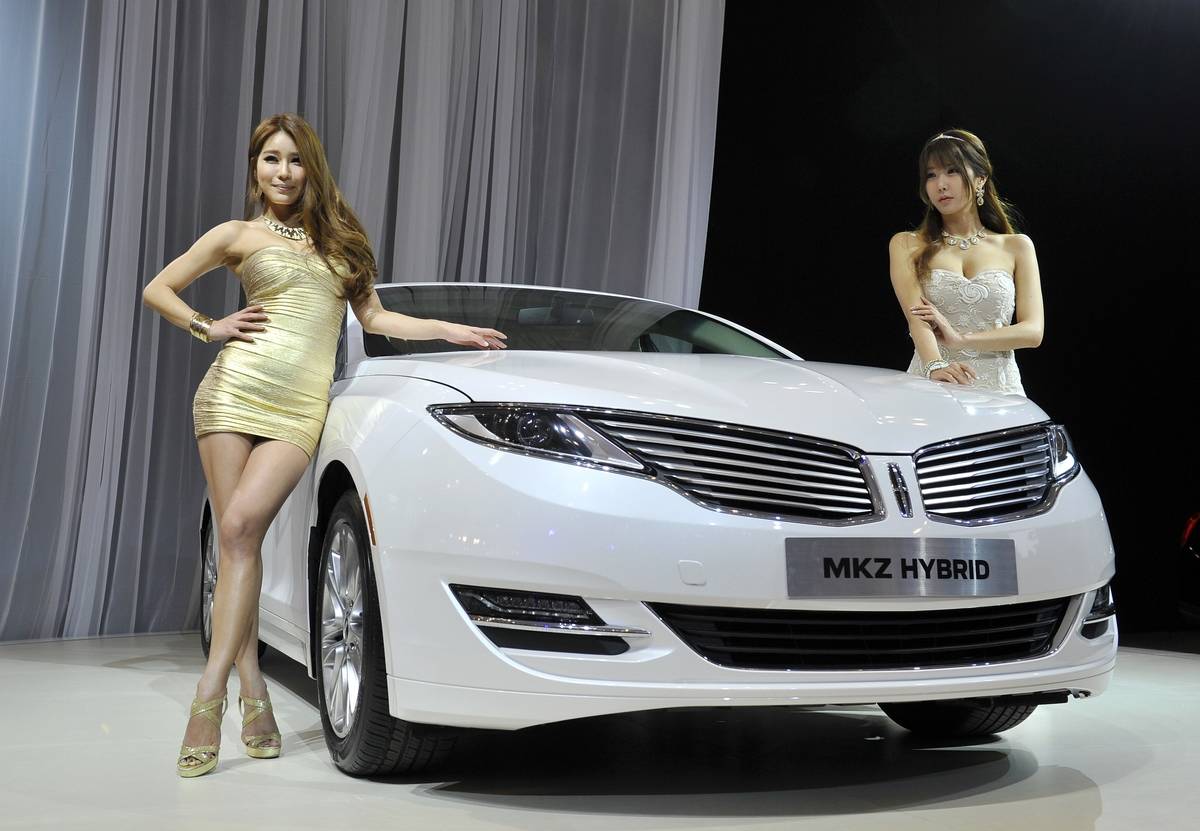
Hybrids have gotten a lot better in just a few decades. Rapid advances in technology have made hybrid batteries more economical, powerful and faster. The recently unveiled SF90 Stradale is the fastest car ever made by Ferrari and the fastest hybrid of all time. It can accelerate to 60 mph in just 2.5 seconds and is capable of a top speed of over 210 mph!
Did you disable the start-stop system in your car because you thought it was harmful? Keep reading to find out the truth
The start-stop system wastes fuel instead of saving it
According to this theory, the start-stop system actually increases fuel consumption by turning the engine on and off repeatedly. On top of that, using the system can apparently cause permanent battery damage.
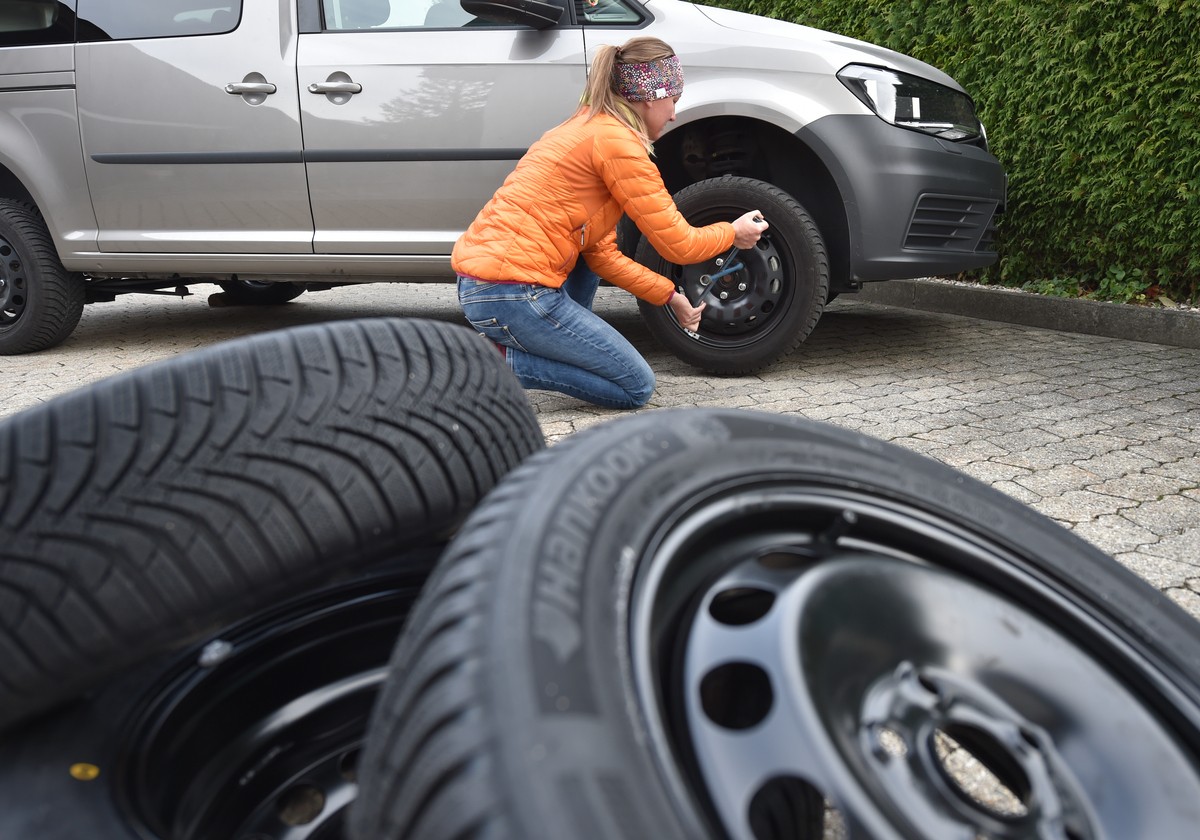
Practical tests have proven that cars with the start-stop system can save up to 15% more gasoline than those with the system turned off. The start-stop system also reduces emissions and is completely safe for the car battery, so you can ignore this myth and turn the system back on.
You must change all tires at the same time
Replacing all four tires at the same time seems like a very logical and safe practice. However, as it turns out, this is not always necessary.

Whether or not you should change all tires at once usually depends on tire wear as well as your drivetrain. Front or rear wheel drive vehicles typically require two tires to be replaced, while four wheel drive vehicles require the entire set in one go. AWD vehicles have differentials that send the same amount of torque to each wheel, and different sized tires (tires shrink over time as they lose tread) will cause the differential to work too hard, potentially damaging the drivetrain.
Did you believe in this myth? If so, you may have heard of the following as well.
Low tire pressure for a smoother ride
Some car owners deflate tires on purpose, believing that this will make the ride smoother. This dangerous practice is especially common among SUV and truck owners. Not only does this have any effect on comfort, but insufficient pressure also worsens fuel economy and poses a serious safety hazard.

Low pressure causes more of the tire's surface to be in contact with the road and increases friction. This leads to overheating, which can lead to premature wear, tread separation or even tire blowout. In most vehicles, insufficient pressure does not improve ride at all.
A small car uses less fuel than a big one.
It is quite logical to assume that a small vehicle will consume less fuel than a large one. Until recently, this was indeed the case. Large cars tend to be heavier, less aerodynamic and have more powerful engines. These factors result in pretty poor fuel economy, but times have changed.
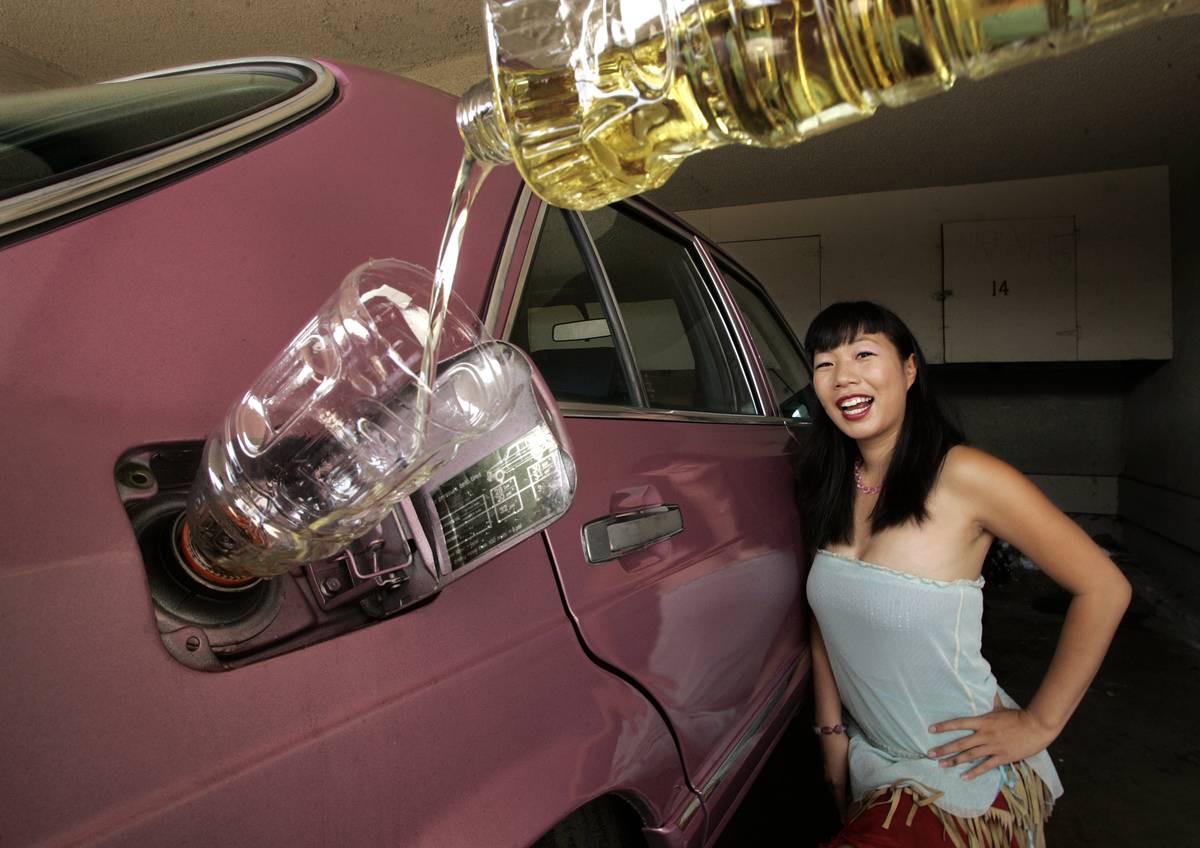
Downsizing has had a big impact on fuel efficiency, especially in terms of larger vehicles. Most SUVs today come with smaller engines than in the past and are rarely naturally aspirated. Large cars have also become much more aerodynamic over the years, resulting in improved fuel economy. A prime example is the 2019 Toyota RAV4, which can hit 35 mpg on the freeway.
Have you ever wondered if it's worth refueling at a non-brand gas station?
Diesel cars can run on vegetable oil
A 50 year old tractor will probably run fine on vegetable oil if it's a diesel. However, the design of an old diesel engine is nowhere near as sophisticated as in today's cars, and using "home" biodiesel fuels such as vegetable oil can have dire consequences.
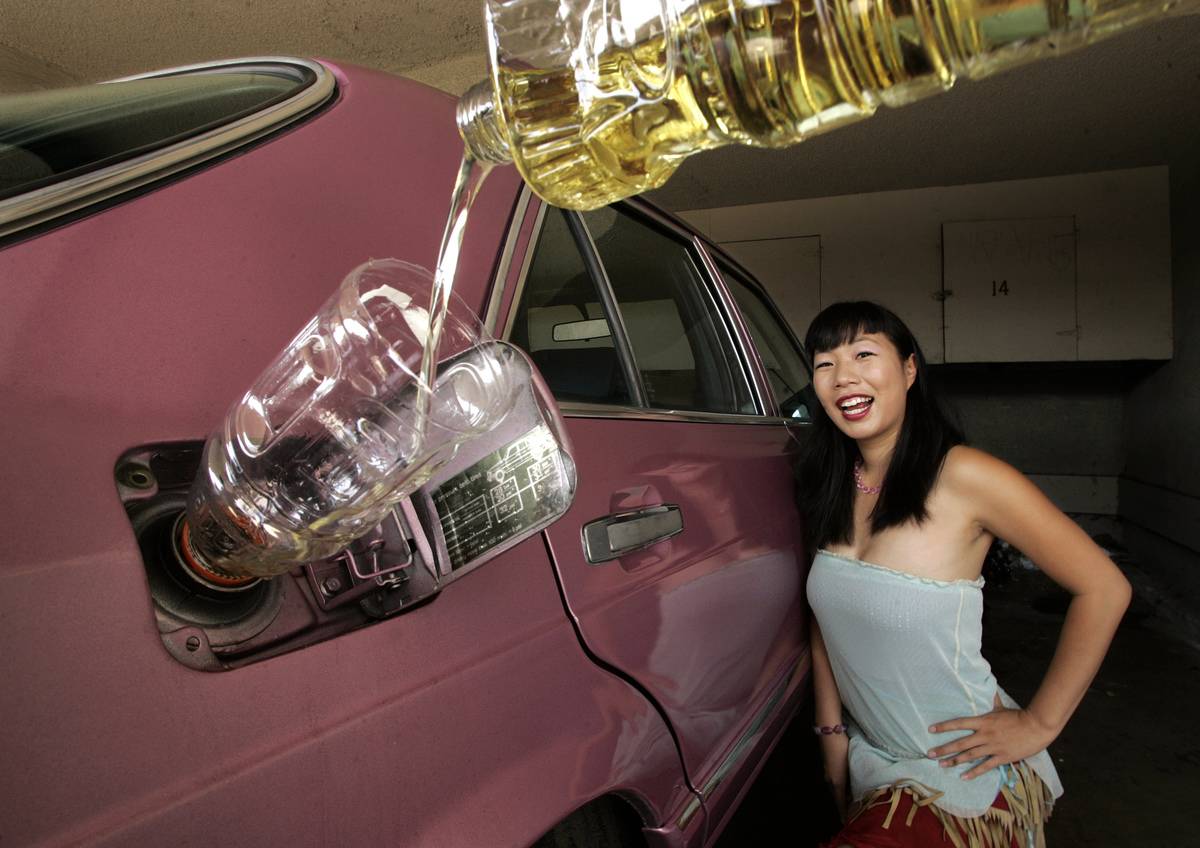
The issue of using vegetable oil to power a modern diesel engine comes down to the difference in viscosity compared to petroleum diesel. Vegetable oil is so thick that the engine is unable to fully atomize it, resulting in excessive non-combustion of the fuel and eventually clogging of the engine.
Unbranded gasoline is bad for your engine
Have you ever filled up your car at a non-branded gas station? It's a common misconception that cheap, off-brand gasoline can damage your engine. The truth is a little different.
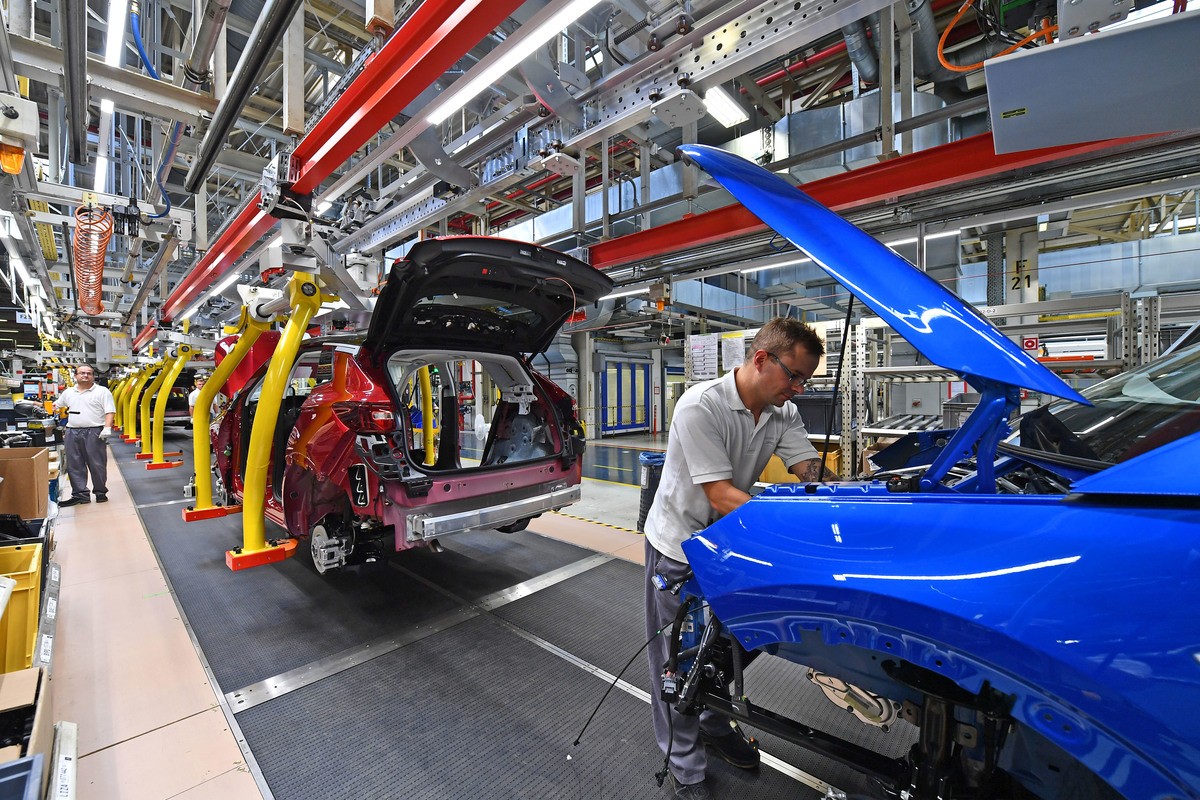
Non-brand gas stations, as well as big ones like BP or Shell, often use regular "base gasoline" from the refinery. The difference between fuels lies in the amount of extra additives each brand adds. These additives help keep your engine clean, so rich-blend gasoline will definitely benefit your car. This does not mean that non-original gasoline will damage your engine. A blend with fewer additives still needs to meet legal requirements and won't harm your vehicle.
Overdrive makes your car go faster
"Going overdrive" is a phrase commonly used in movies, video games, and pop culture in general. It can be heard right before crazy car chases, street racing scenes or just really fast driving.
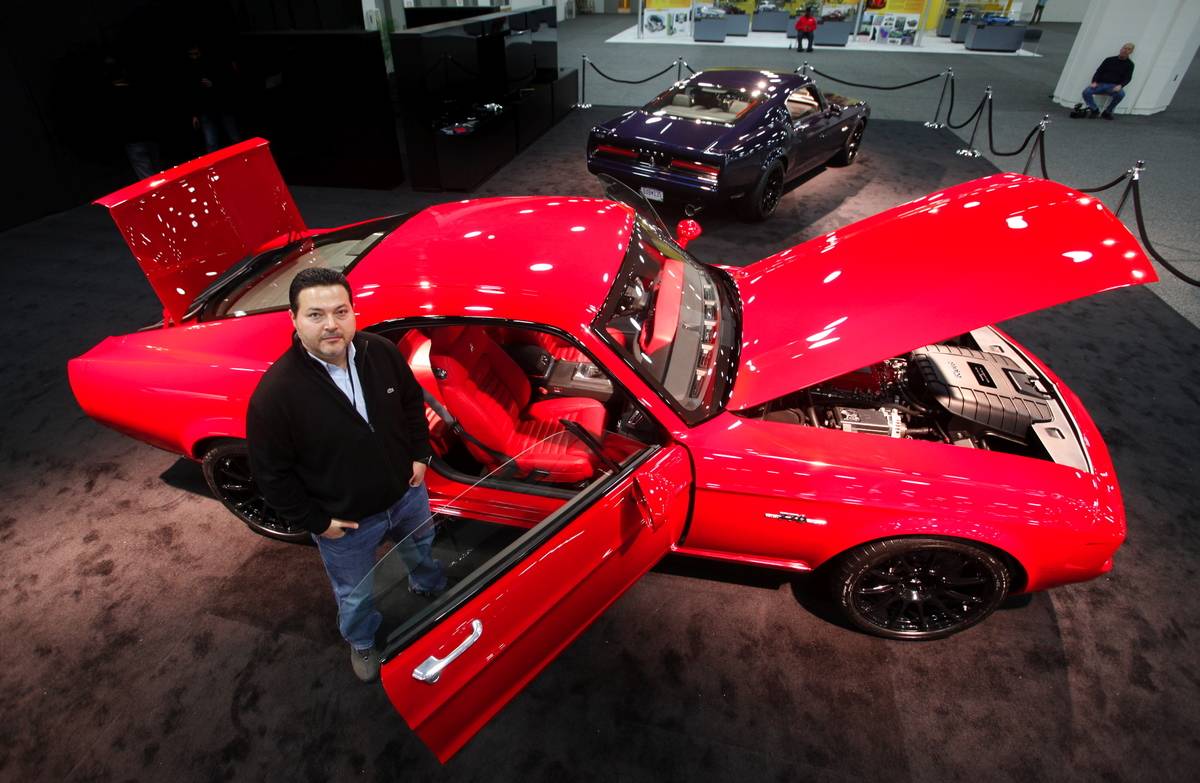
Overdrive is nowhere near as exciting as it is in the movies. This is a special gear that helps the car run efficiently and save fuel. Basically, it makes the car move at high speed at low rpm. Overdrive won't make your car faster, louder, or more exciting, despite the cool name.
Aluminum is less safe than steel
There is a difference in density between aluminum and steel. If car manufacturers used exactly the same amount of aluminum instead of steel, it would be less safe. That's why manufacturers are taking extra steps to ensure aluminum cars are as safe as steel cars.
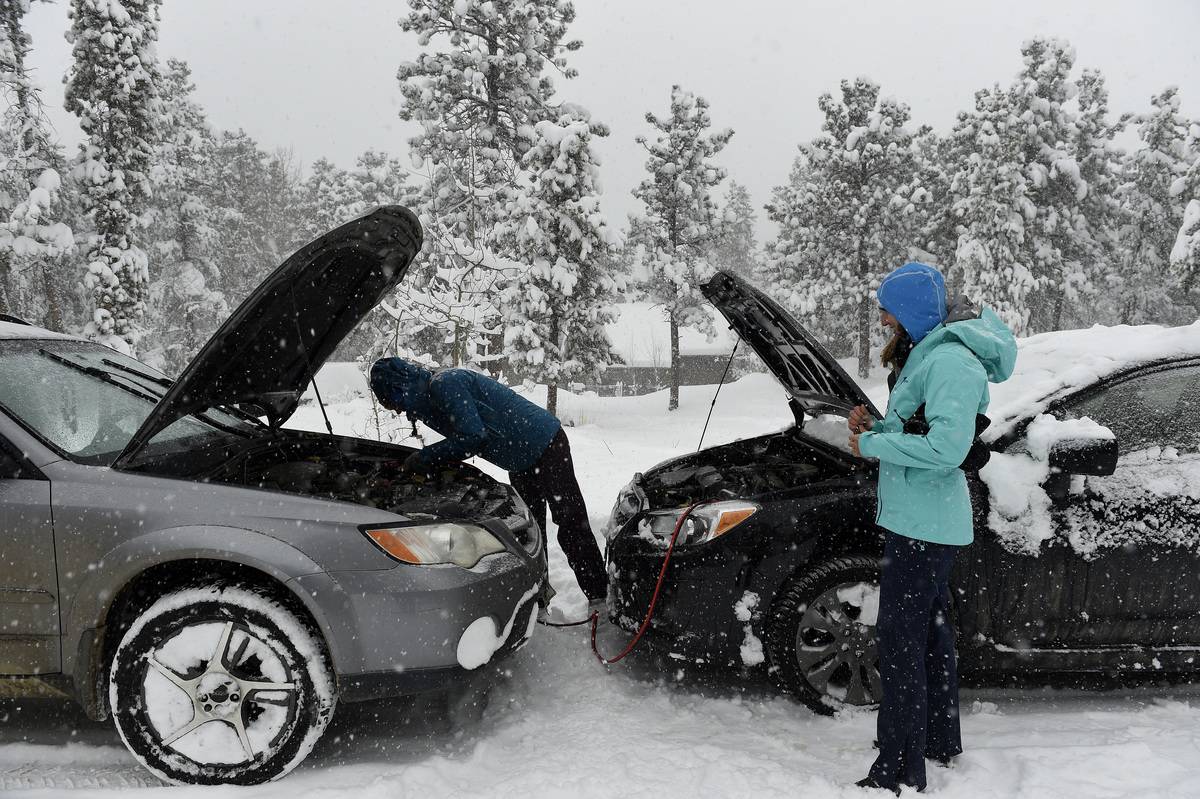
To compensate for the difference in density, automakers are using more aluminum to increase thickness. The aluminum body, according to various sources, including Drive Aluminum, is safer than steel. The extra aluminum provides large crush zones and absorbs energy much better than steel.
Quick start will recharge your battery
Most likely, you learned about this myth the hard way. If you've ever had to jump start your car because your battery was dead, you know this myth is false.
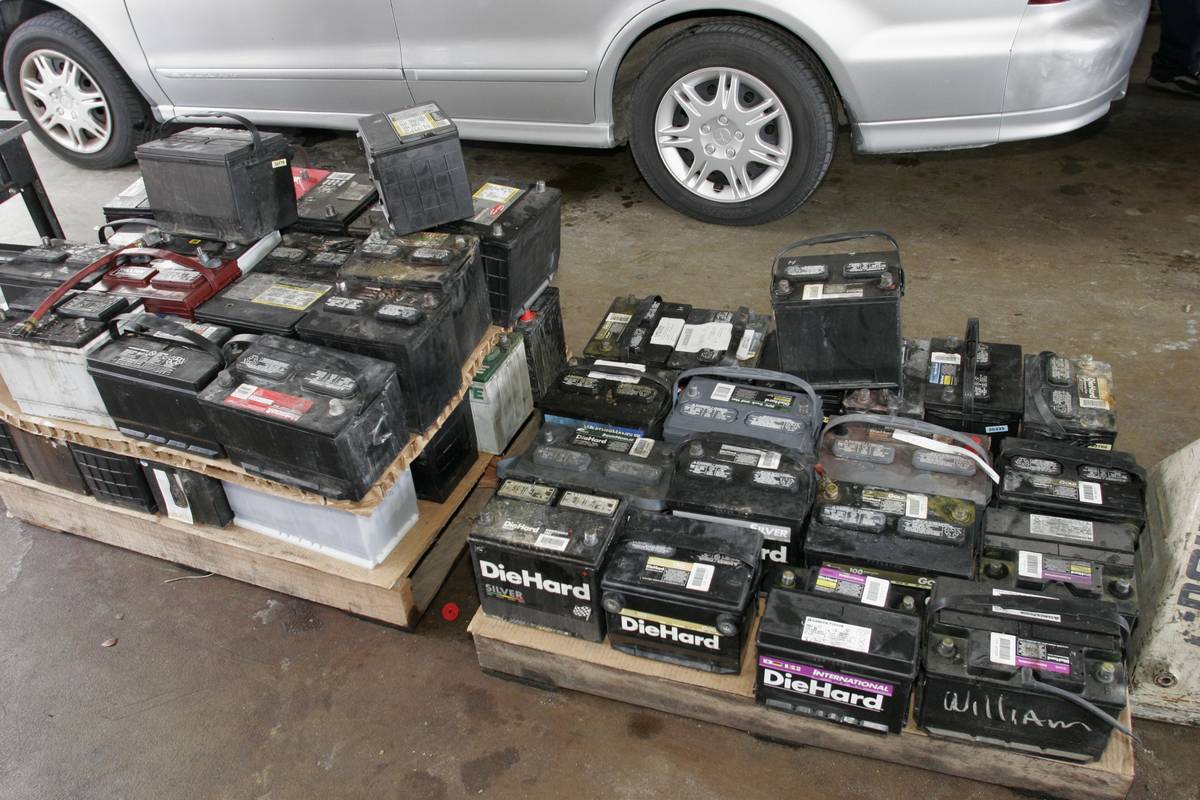
After jump starting a dead battery, it is best to keep the engine running for a long period of time. Charging a depleted battery can take several hours, especially when driving in winter. Accessories such as car radios or lights require battery power to operate, which increases the time it takes to fully charge. Using a car charger is the best solution for a dead battery.
There is another popular myth about car batteries, have you heard of it?
Never put a car battery on the ground
It appears that batteries can last longer by storing them on wooden shelves rather than concrete ones. Placing a car battery on concrete can cause serious damage, at least according to this myth. Is there any truth in this myth?
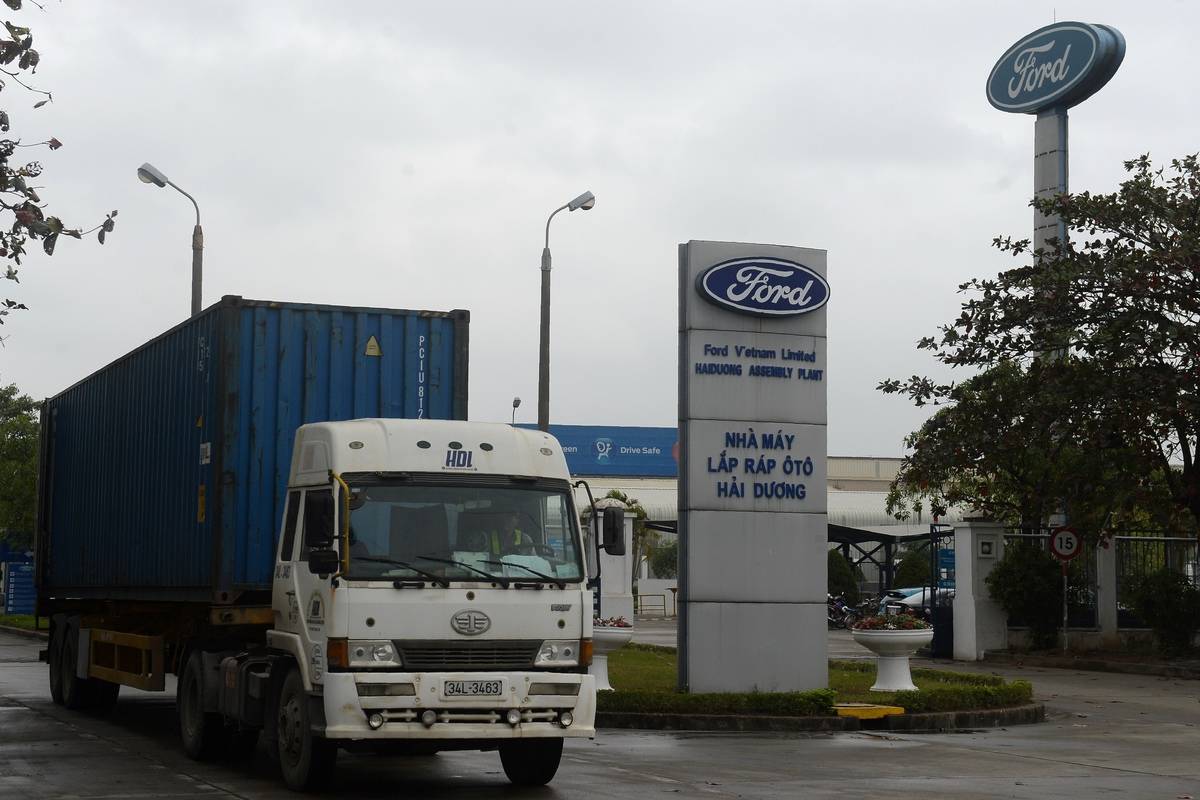
This myth was once true. In the early days of batteries, about a hundred years ago, placing a battery on concrete could drain all of its power. At that time, battery cases were made of wood. As expected, engineering has improved over the last century. Modern batteries are encased in plastic or hard rubber, making this myth completely irrelevant. Placing the battery on concrete won't drain it at all.
American cars are made in America
Some American car brands are much less domestic than they seem. Many cars that are supposedly made in America are simply assembled here from parts imported from all over the world.
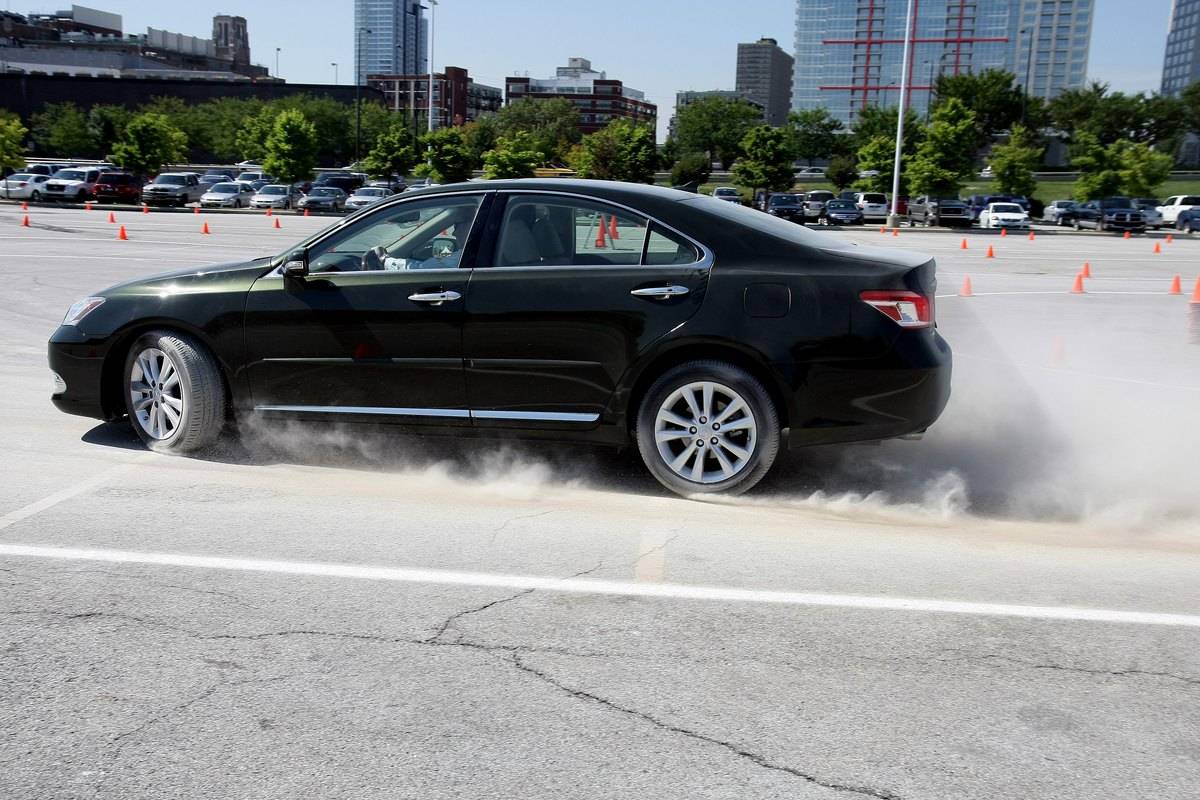
Cars.com has created an American Made Index that includes cars made in the USA. The results are amazing. While the same domestic Jeep Cherokee takes the first place, Honda Odyssey and Honda Ridgeline climbed the podium. What's even more surprising is the fact that four of the top ten cars are from Honda/Acura.
ABS always shortens the stopping distance
This is another myth on this list that is partially true, depending on the scenario. ABS prevents the wheels from locking up during hard braking and is not designed to shorten the braking distance, but to ensure that the driver maintains control of the car.

According to the National Highway Traffic Safety Administration, ABS-equipped vehicles had 14% shorter braking distances on wet roads than non-ABS vehicles. Under normal, dry conditions, braking distances for vehicles with and without ABS remain virtually the same.
XNUMXWD vehicles brake faster than XNUMXWD vehicles
XNUMXWD vehicles have a large fan base all over the planet, as most of them are great off-road vehicles. There is a common misconception that four-wheel drive vehicles have shorter stopping distances than rear- or front-wheel drive vehicles. This is true?

As mentioned earlier, all-wheel drive vehicles can accelerate faster on wet roads or snow compared to rear-wheel drive. The AWD or 4WD system does not affect the stopping distance of the vehicle. Stopping distance, especially on wet surfaces, depends largely on adequate tires. For example, a car with summer tires will need a long distance to brake on snow, whether it has 4WD, RWD or FWD.
You can mix coolant and tap water
Everyone has heard at least once that mixing coolant and tap water in a radiator is perfectly normal for your car. It is true that coolant can be mixed with distilled water, but it should never be mixed with tap or bottled water. That's why.
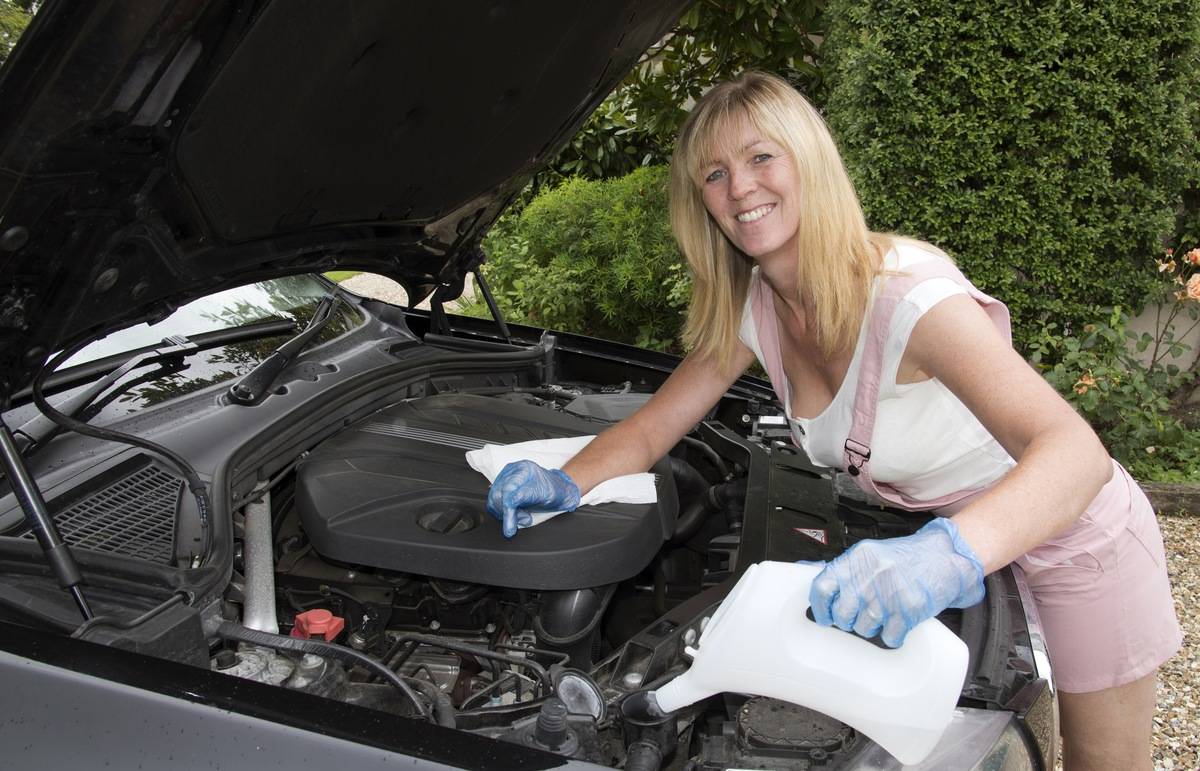
Tap or bottled water, unlike distilled water, contains additional minerals. These minerals are good for your health, but definitely not for your radiator. These minerals can form deposits in the radiator and engine cooling passages, leading to overheating and eventually serious engine damage. Use only clean distilled water to mix with coolant.
Have the mechanics told you to flush the coolant too often? If so, they may have fallen for this common maintenance myth.
Airbags make seat belts unnecessary
As silly as it sounds, there are people who believe that a car with airbags does not need seat belts. Anyone who follows this myth puts himself in great danger.

Airbags are an effective system designed to protect strapped passengers, as their placement depends on the position in which you are restrained by the seat belt. If you're not wearing a seatbelt, you can slip under the airbag or even miss it completely when it deploys. Doing so may result in collision with the vehicle dashboard or ejection from the vehicle. The use of airbags and seat belts will provide you with additional protection during an accident.
